
The term “United States of America” was formally adopted by the Second Continental Congress on September 9, 1776, replacing the previous term “United Colonies.” This change was more than just a semantic one; it was a daring statement of identity and solidarity. Two months after the Declaration of Independence, the thirteen colonies were no longer merely rebelling; they were now becoming a nation, and the new name reflected this emerging reality. Although Jefferson had already used the term “United States of America” in his draft of the Declaration, this resolution formalized its use in all government publications and commissions.
Photo: Independence Hall in Philadelphia c. late 1700s
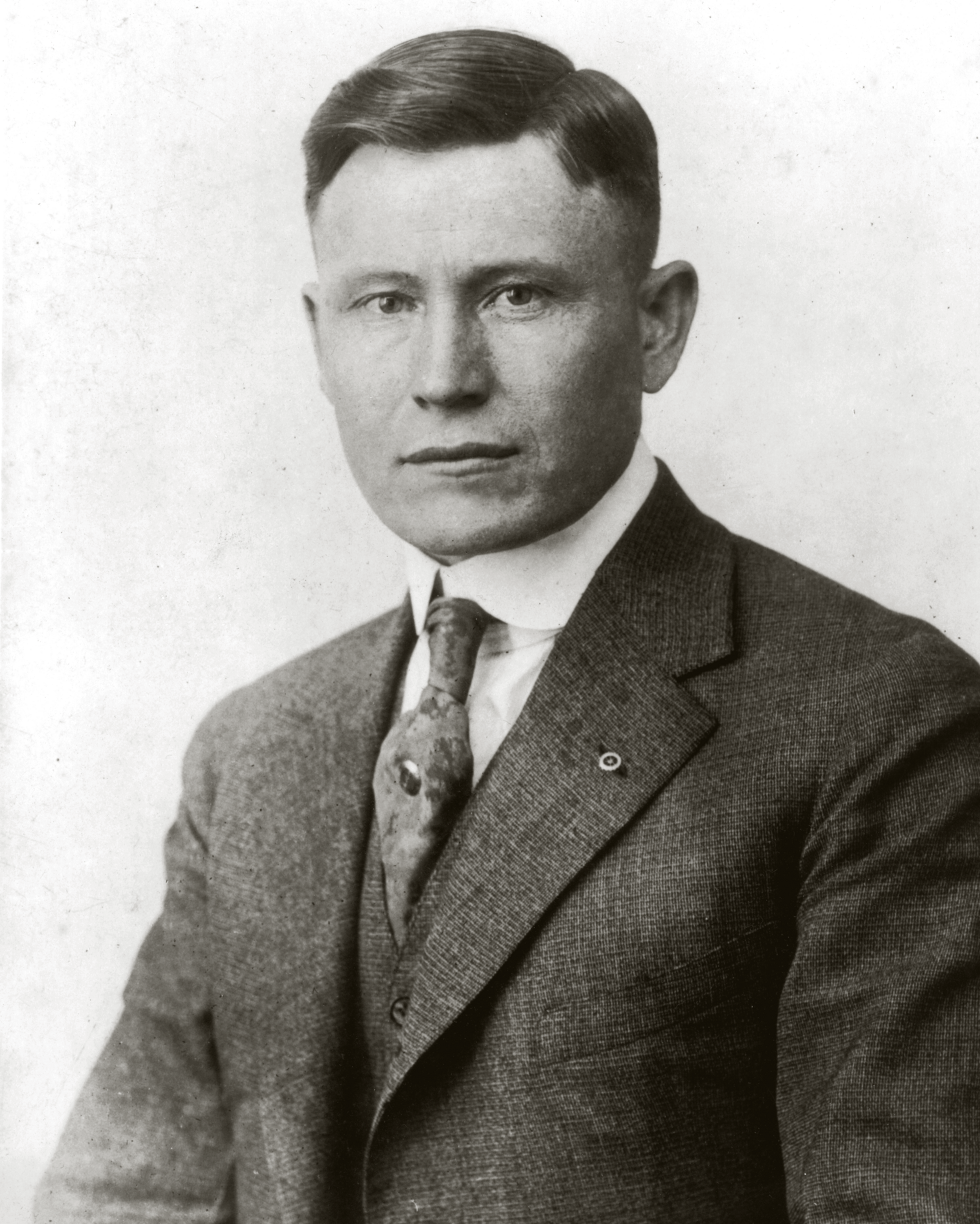
Harland “Colonel” Sanders was born in Henryville, Indiana, on September 9, 1890.
Sanders, shown in this 1914 portrait, appears as a young man—restless, ambitious, and still decades from his culinary fame.
By that time, he had already worked as a farmhand, railroad fireman, insurance agent, and even served as a soldier in Cuba.
Each job strengthened the man who would eventually use a pressure fryer and a secret blend of eleven herbs and spices to transform American fast food, despite the fact that his route was anything but direct.
via Wikimedia Commons, public domain
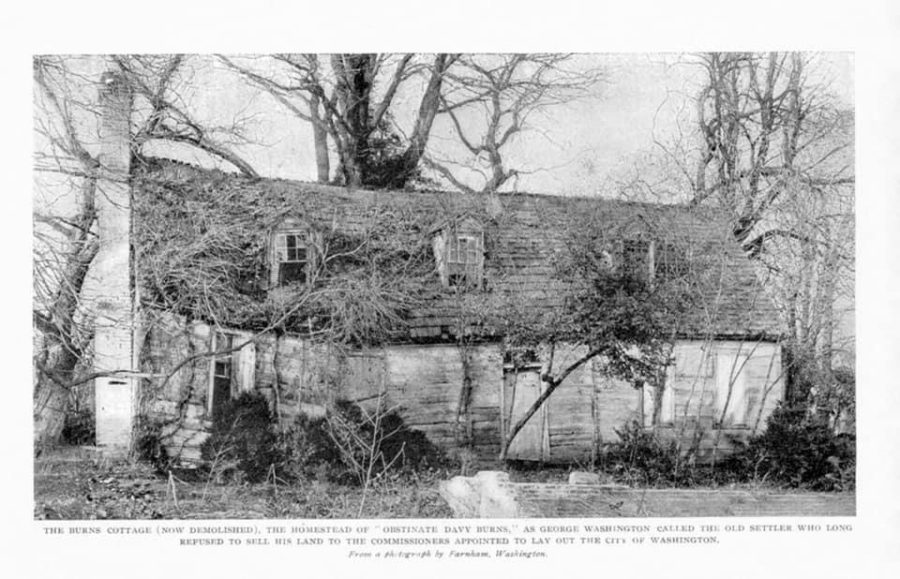
“The Burns Cottage (now demolished), the Homestead of ‘Obstinate Davy Burns,’ as George Washington called the old settler who long refused to sell his land to the commissioners appointed to lay out the City of Washington.”
Image c. late 1800s
On September 9, 1791 the area designated as the capital city was given the name “Washington” in honor of George Washington by the commissioners responsible for the city’s construction: David Stuart, Thomas Johnson and Daniel Carroll.
Image via Wikimedia Commons, public domain

The Territories of Utah and New Mexico were established on the same day,
September 9, 1850
Images: The coat of arms of the Territory of Utah and the coat of arms of the Territory of New Mexico via Wikimedia Commons, public domain

On September 9, 1965, Sandy Koufax displayed four balls marked with zeros, representing each of his no-hitters. He achieved his fourth no-hitter by defeating the Chicago Cubs with a score of 1-0, completing a perfect game.
Image via Wikimedia Commons, public domain
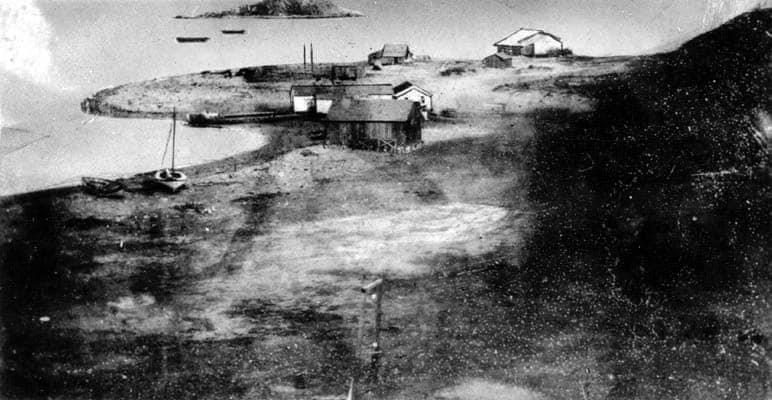
An early photograph of what is now considered the San Pedro neighborhood of Los Angeles, California from 1850
On September 9, 1850 California became the 31st State.
Image via Wikimedia Commons, public domain

September 9, 1933
In a pageant as spectacular as it was chaotic, 15-year-old Marian Bergeron wins the title of Miss America.
In the midst of a week filled with disqualifications, underage contestants, and political meddling, Bergeron, flanked by competitors from California and New York State, shines in a beautiful gown. To add to the spectacle, the crown itself was taken from her Ritz Carlton suite. The 1933 pageant, which had been abruptly revived after a six-year break, failed due to inadequate preparation and financial constraints, leading to another cancellation the following year. But in the annals of American pageantry, Bergeron’s victory—glorious, unlikely, and historic—remains a dazzling moment.
Image: Marion Bergeron crowned the 1933 Miss America, from Associated Press via Wikimedia Commons, CC-BY-SA 4.0

Elvis Presley backstage at “The Ed Sullivan Show,” CBS
September 9, 1956
Image via Alamy
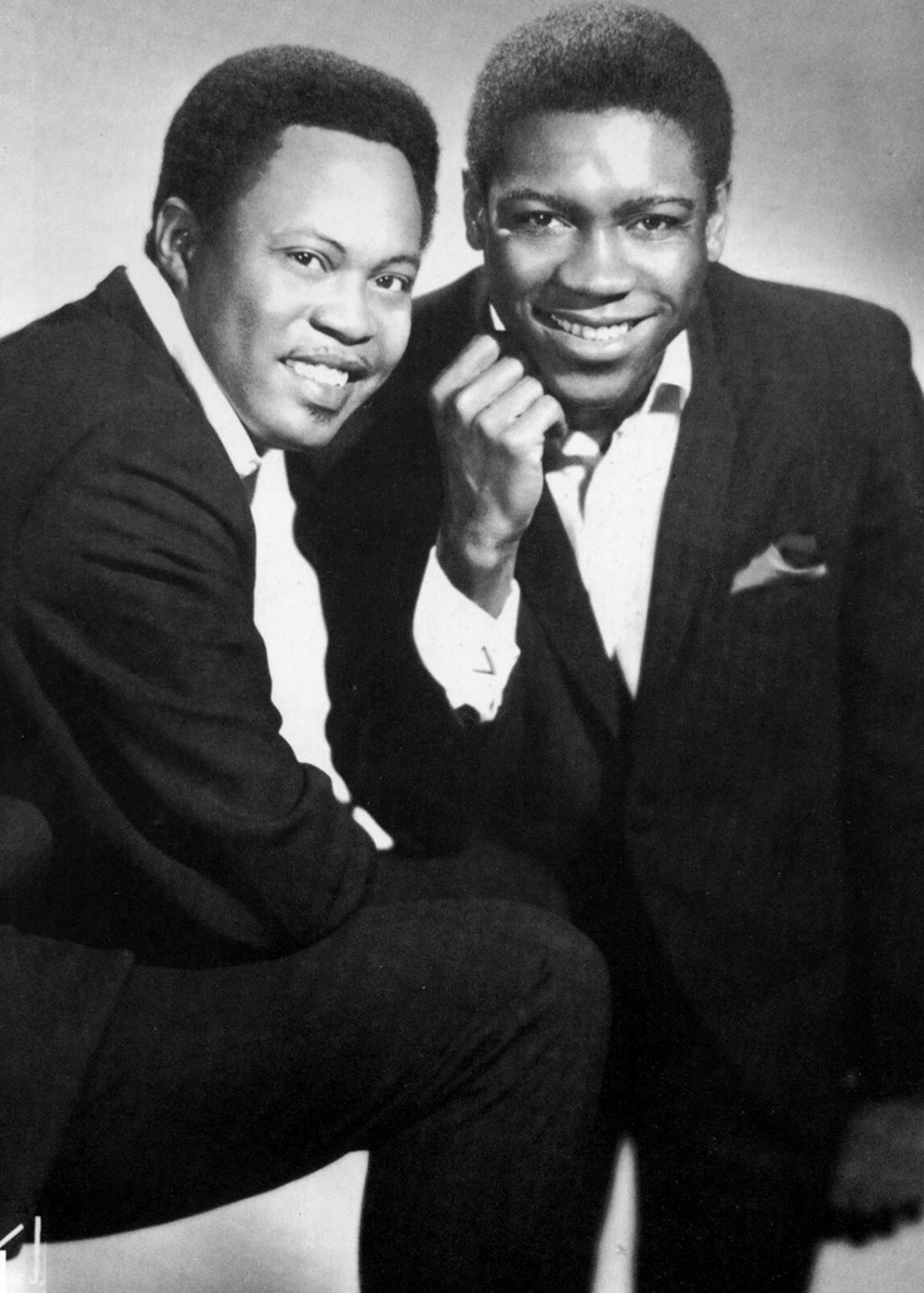
Pop duo Sam & Dave released “Soul Man” in September 1967.
It would take more than a decade for The Blues Brothers to release their version of the hit song.
Image of Sam & Dave in 1967 via Wikimedia Commons, public domain

President Dwight D. Eisenhower Signing the Civil Rights Act of 1957 (H.R. 6127) in His Office at the Naval Base in Newport, Rhode Island
September 9, 1957
via Wikimedia Commons, public domain
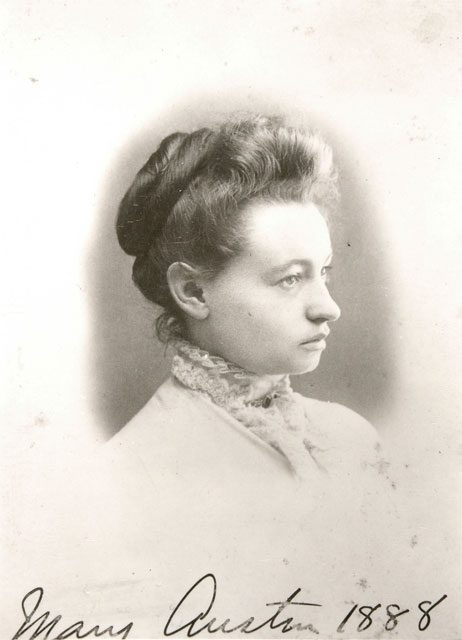
American author Mary Hunter Austin, known for her writings of the American Southwest, was born on September 9, 1868 in Carlinville, Illinois.
Later in life she wrote a book titled “Taos Pueblo” that also featured photographs of Ansel Adams.
Image: Mary Hunter Austin in 1888 via Wikimedia Commons, public domain
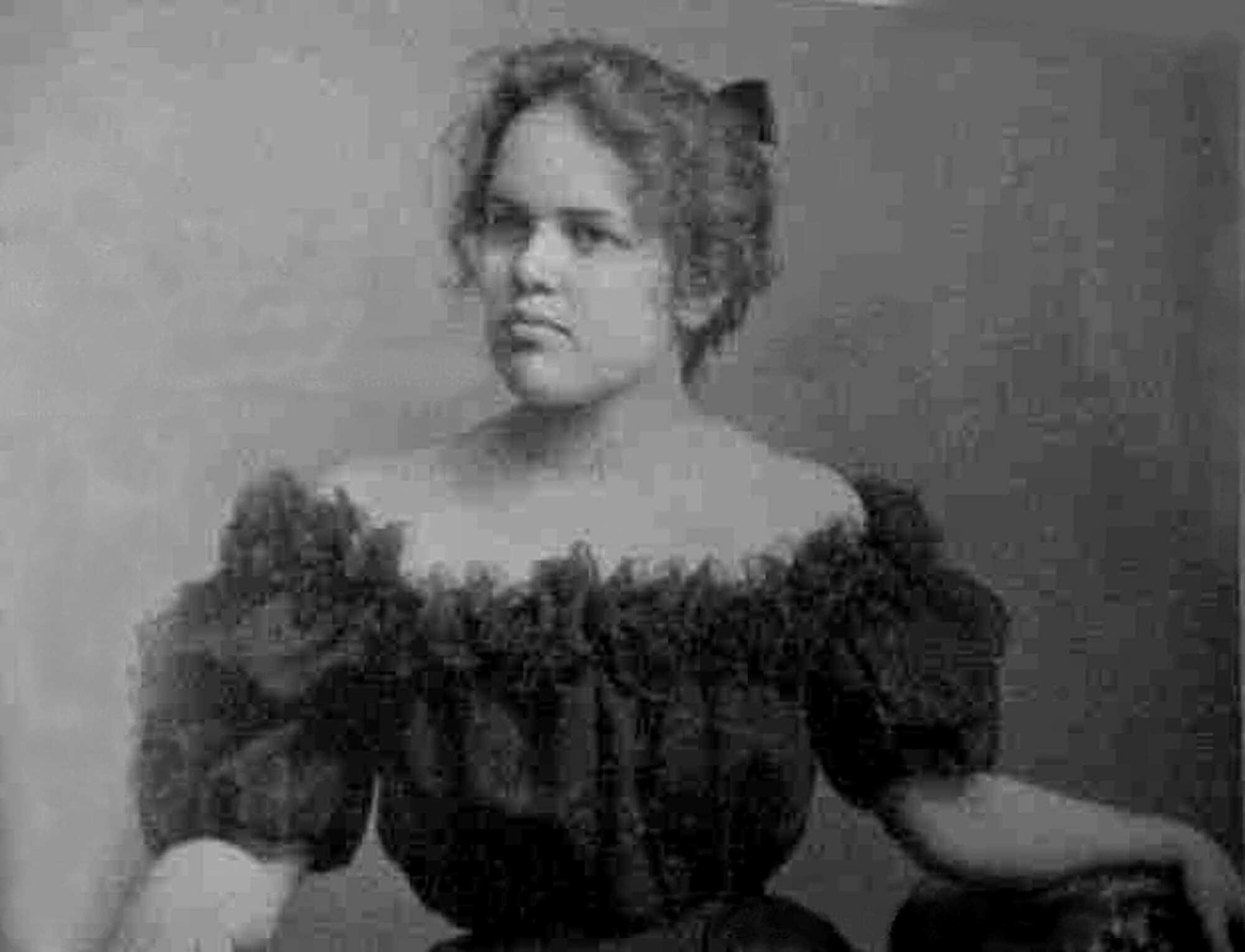
“Aubade”
The morning is new and the skies are fresh washed with light,
The day cometh in with the sun and I awake laughing.
Adelaide Crapsey’s “Aubade,” written close to the end of her life, is a unique gem in a collection of work that is frequently somber and gloomy with death. As dawn breaks, she addresses the beloved in this brilliant poetry, telling them to wake up, laugh, and enjoy the moment. Aubade depicts a brief moment of happiness and novelty, which stands in stark contrast to her usually melancholy subjects. Born on September 9, 1878, Crapsey gave American poetry its breathless form—the cinquain—and infused it with a spirit of subdued rebellion. Her literary morning is this poem, which is full of optimism and life affirmation.
Image via Wikimedia Commons, public domain

“The Last Man Who Knew Everything”
Joseph Leidy, a paleontologist from the United States, was born in Philadelphia on September 9, 1823. The first nearly complete dinosaur skeleton discovered in North America, Hadrosaurus foulkii, was given this name by him and is currently the official state dinosaur of New Jersey.
Additionally, Leidy was the first to identify tissue evidence that resulted in a conviction by using a microscope to help solve a murder case.
His identification of Trichina spiralis in pork in 1846 connected the parasite to trichinosis, leading to significant advancements in public health and food safety.
Leidy was a pioneer in the fields of anatomy, parasitology, and paleontology. He mentored future leaders such as Edward Drinker Cope and published over 600 scientific works. He was known as “the last man who knew everything” because of his extensive curiosity about microbes, fossils, and the human body.
Image via Wikimedia Commons, public domain
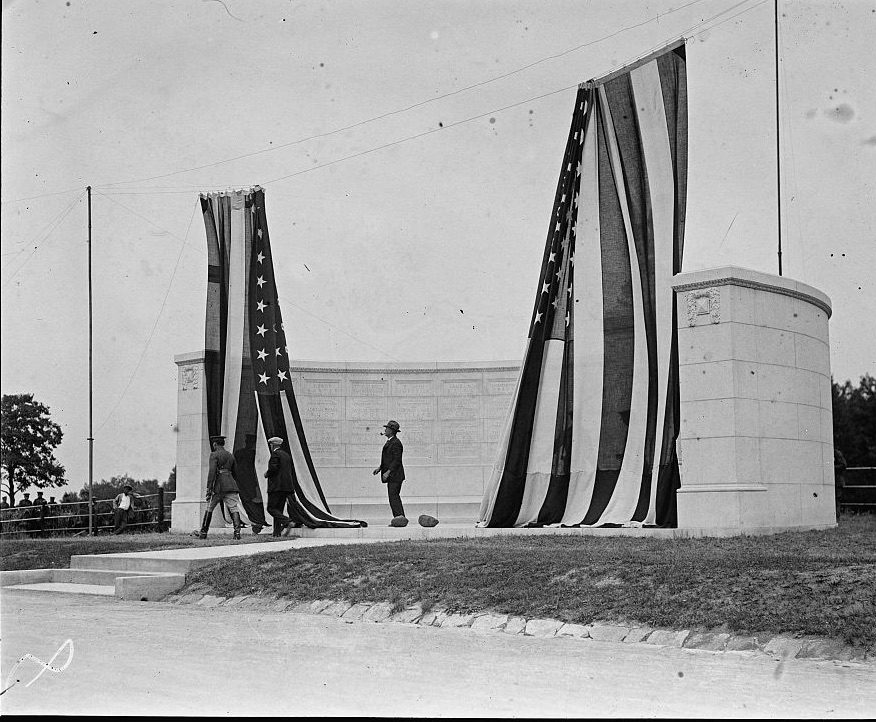
Unveiling of the N.Y. State Auxiliary Monument during a dedication ceremony at Gettysburg, PA
9/9/1925
Image via LOC, no known restrictions

Esther Cleveland, the daughter of Grover and Frances Cleveland, became the first and only child of a sitting U.S. President born in the White House on September 9, 1893.
Image of Esther Cleveland at 21 years of age via LOC, no known restrictions
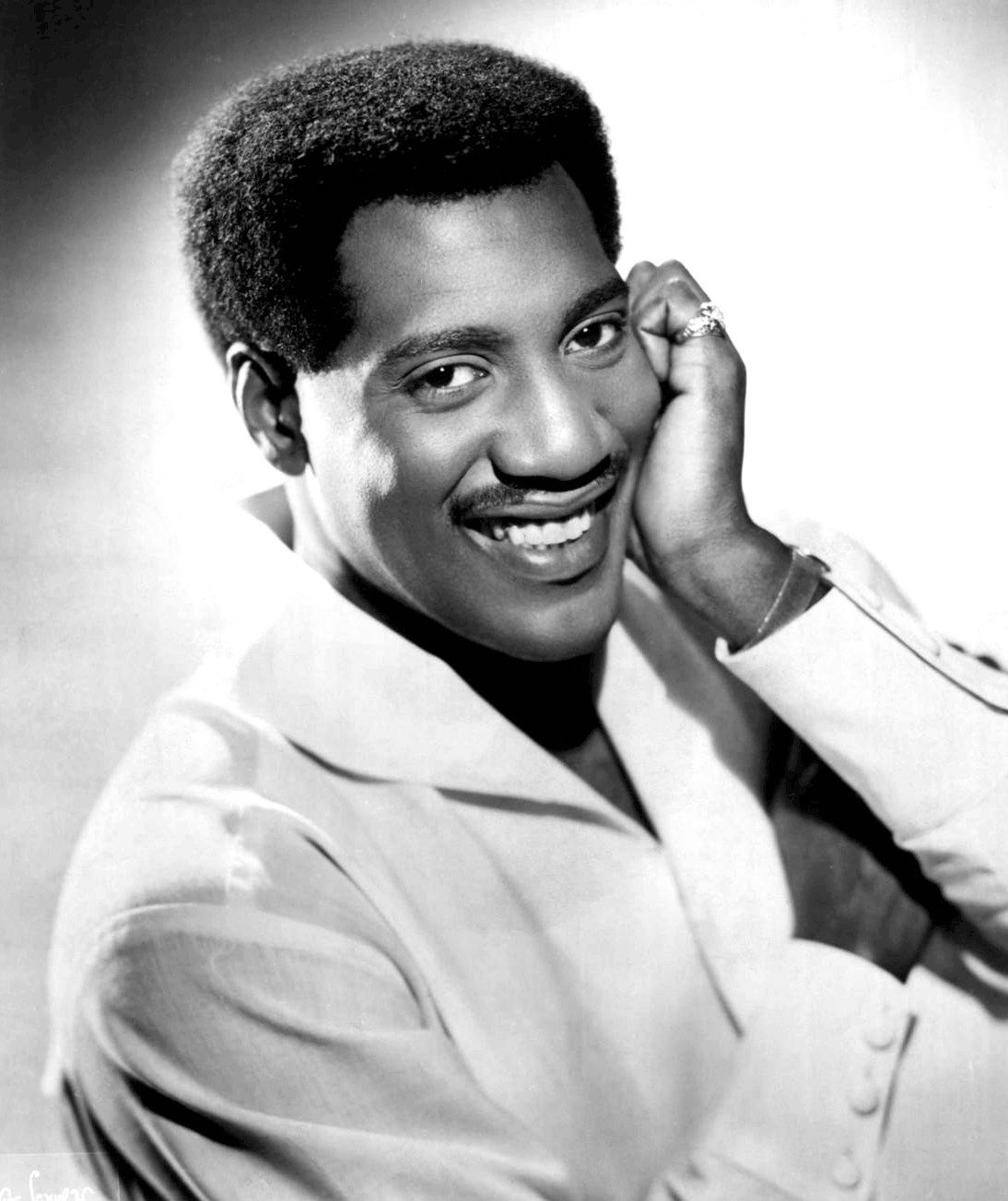
On September 9, 1941, Otis Redding was born in Dawson, Georgia. When Otis was a teenager he worked at a gas station and dug wells so that he could support his family.
His hit song, (Sittin’ On) The Dock of the Bay was recorded in the weeks before he died in a plane crash in 1967.
Image via Wikimedia commons, public domain
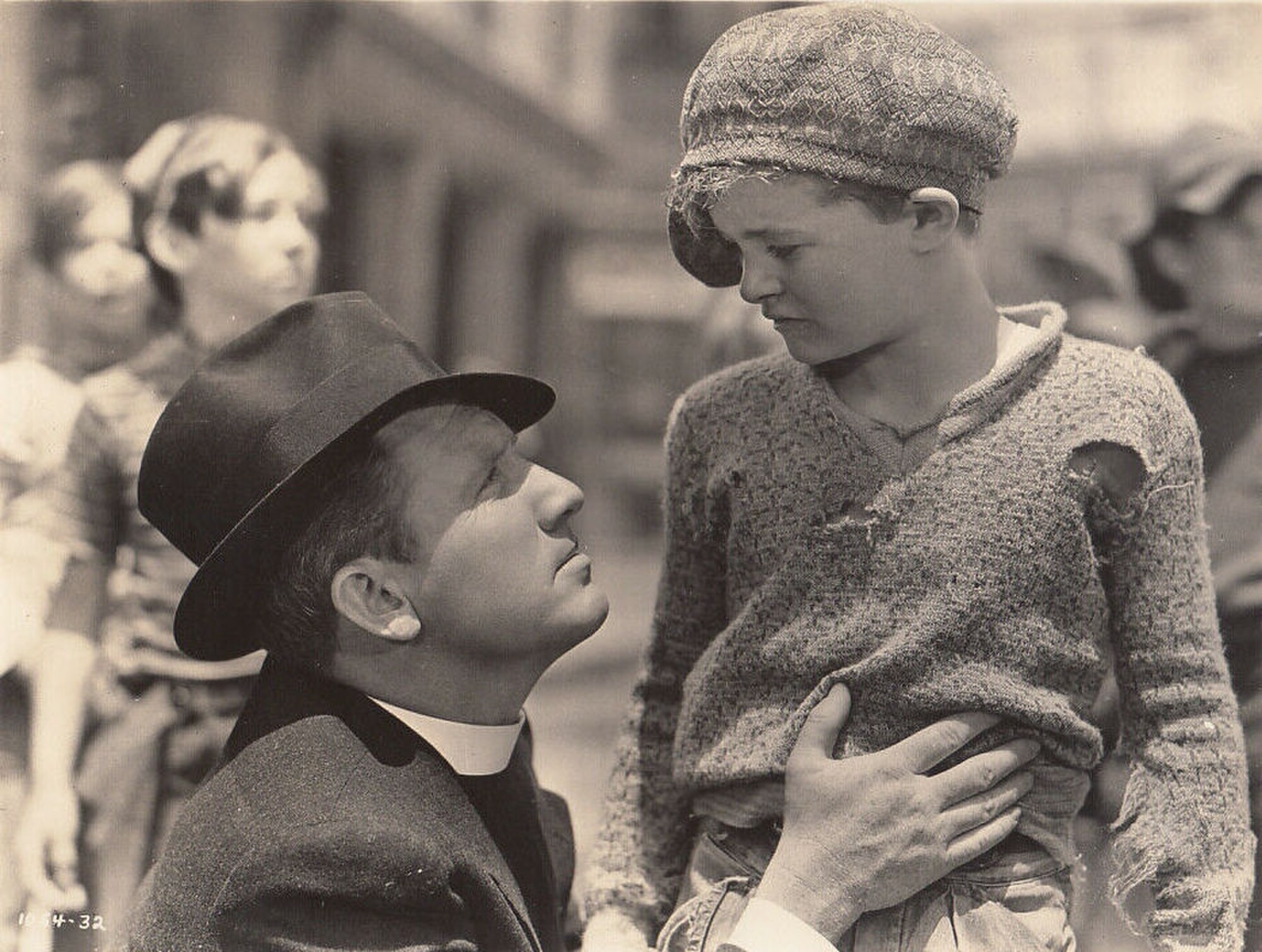
On September 9, 1938, the movie Boy’s Town, starring Spencer Tracy as Father Flanagan, was released.
Tracy later won an Academy Award for Best Actor for his performance as Father Flanagan.
It was a consecutive Academy Award for Best Actor (first actor to do so) after he won the same award for Captains Courageous that was released in 1937.
Image via Wikimedia commons, public domain


